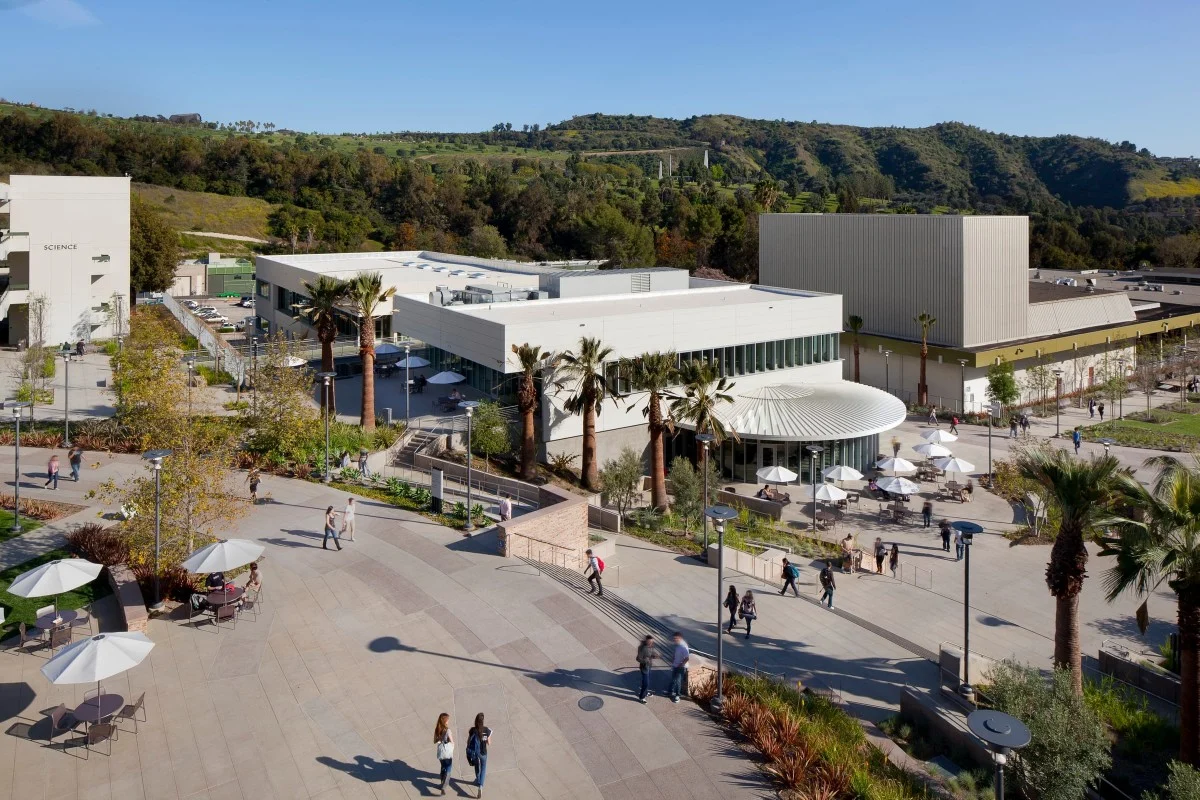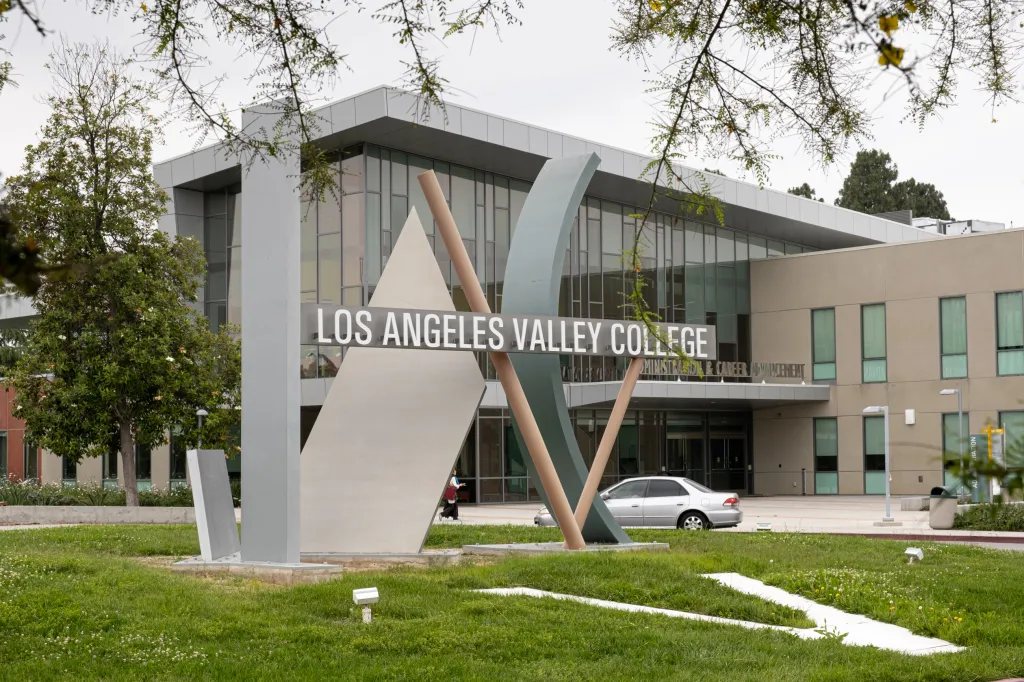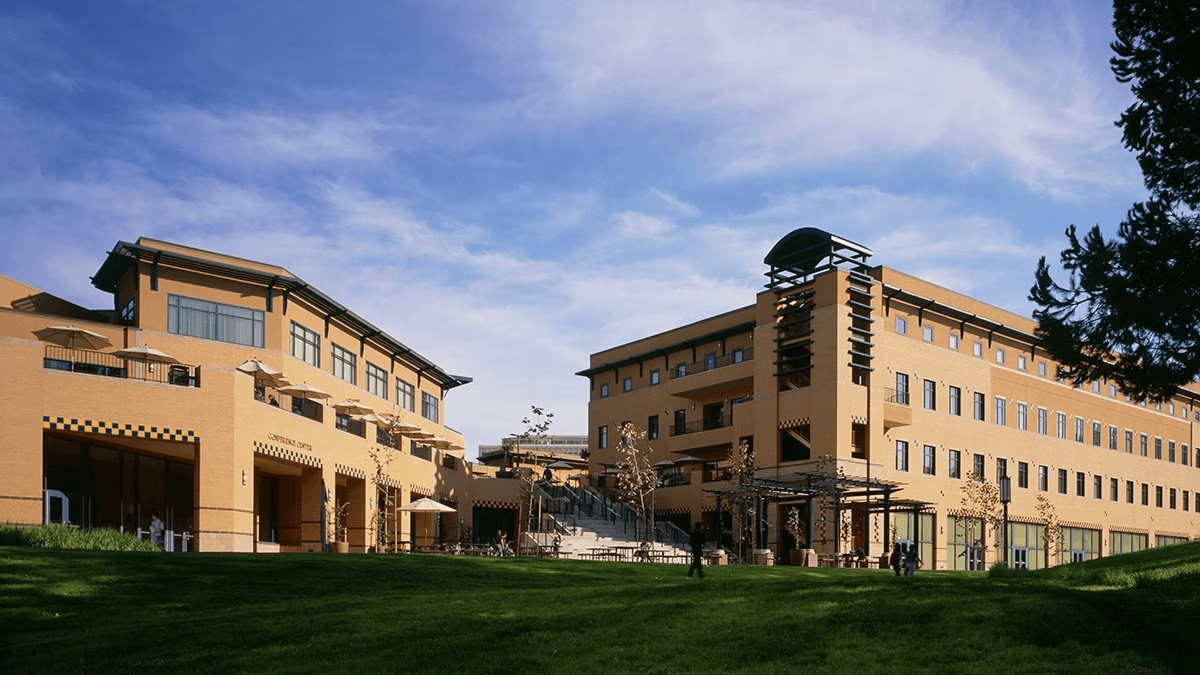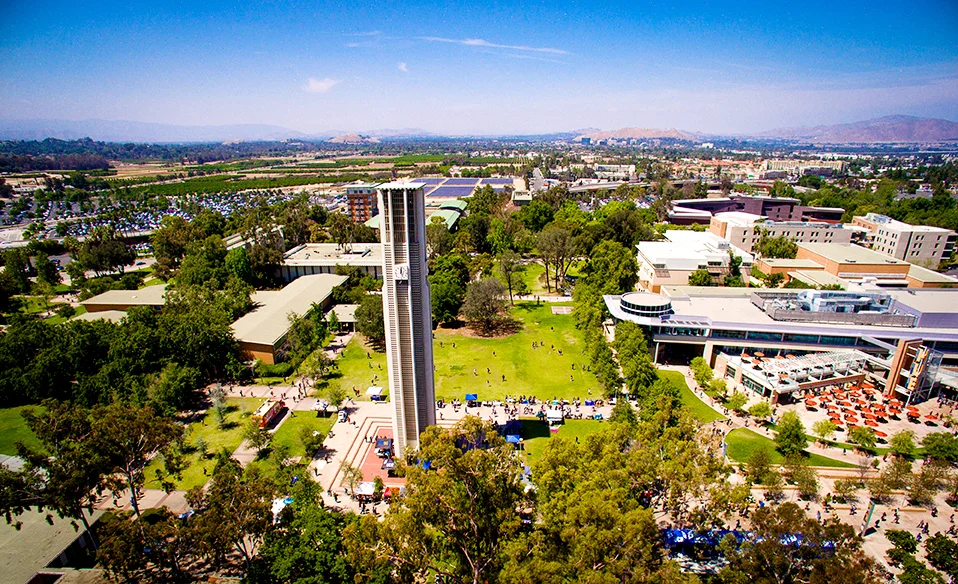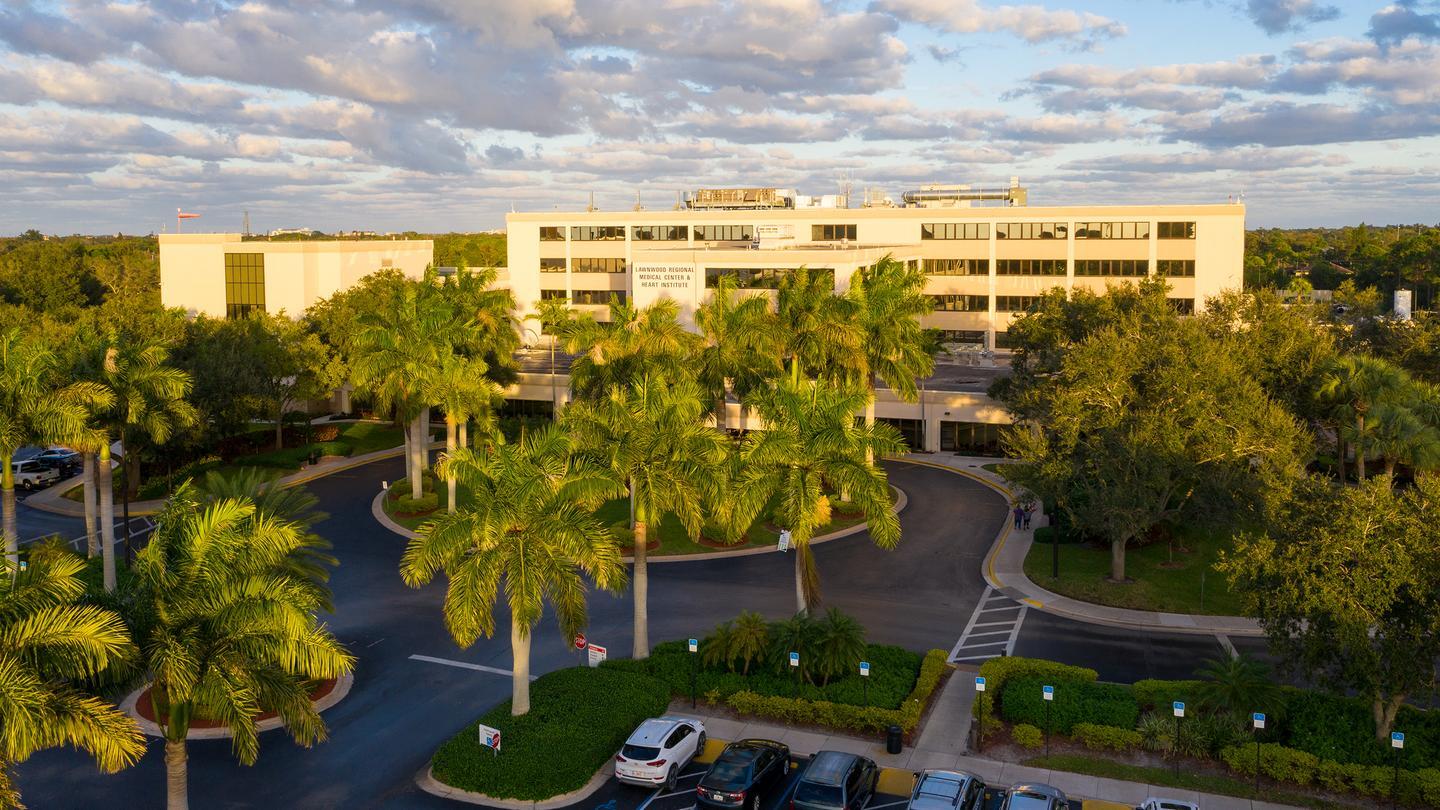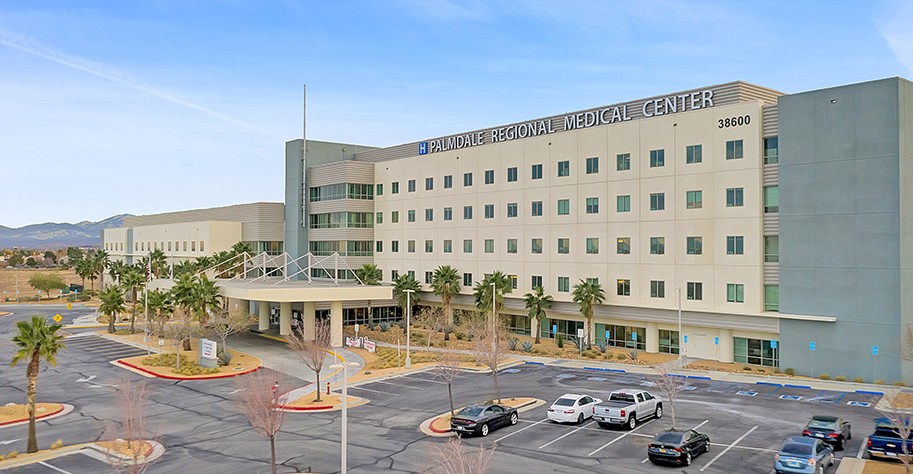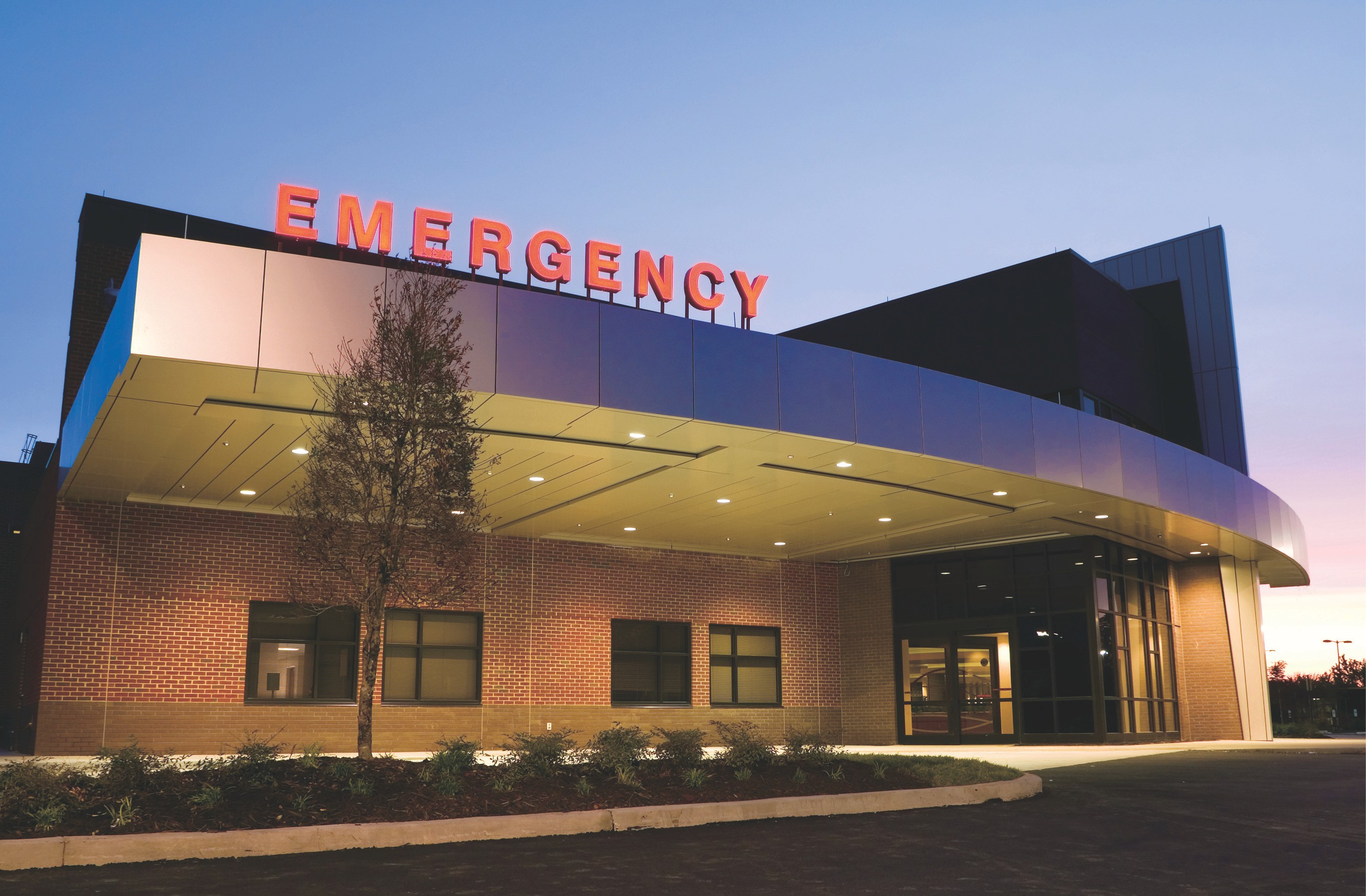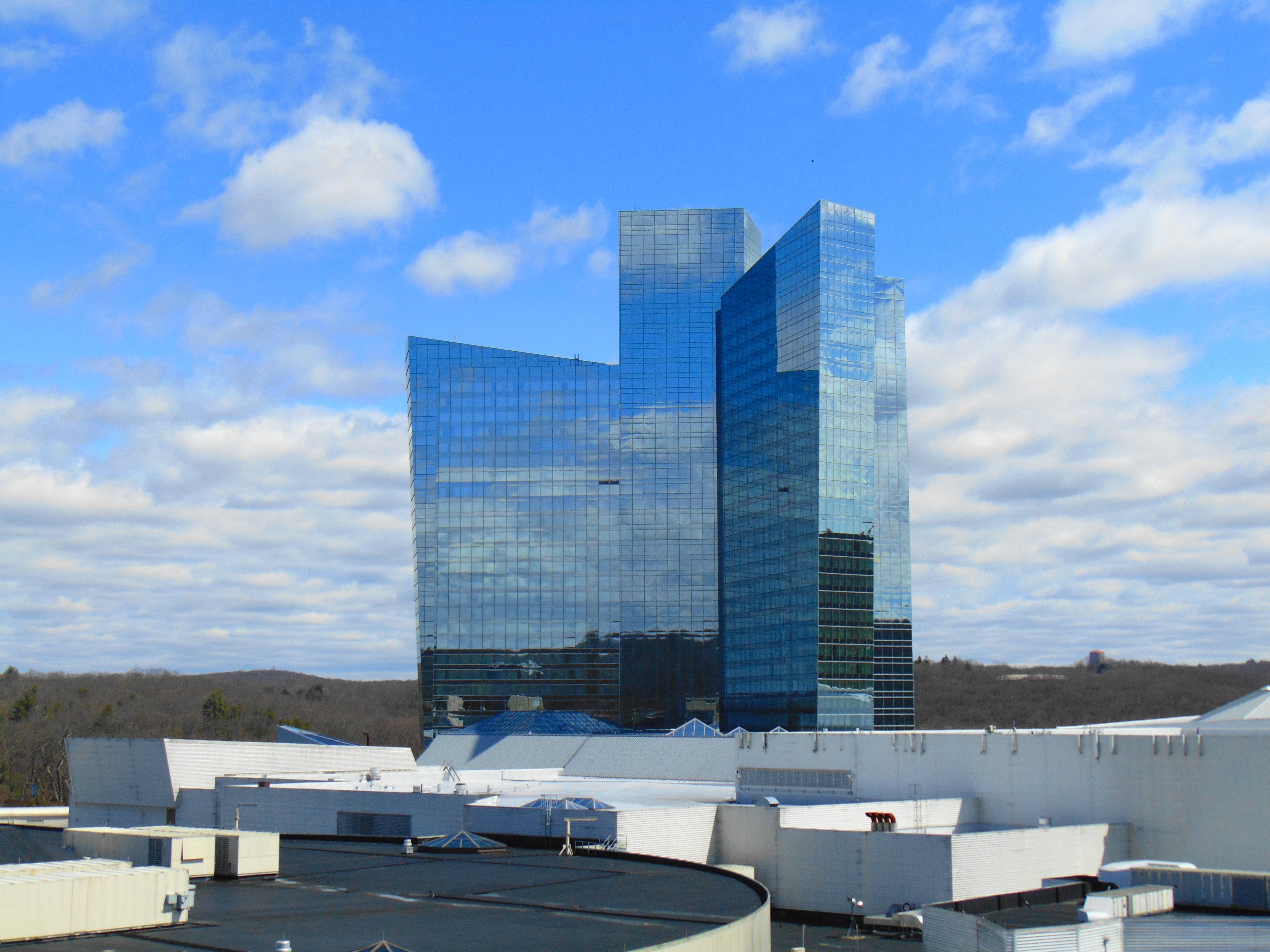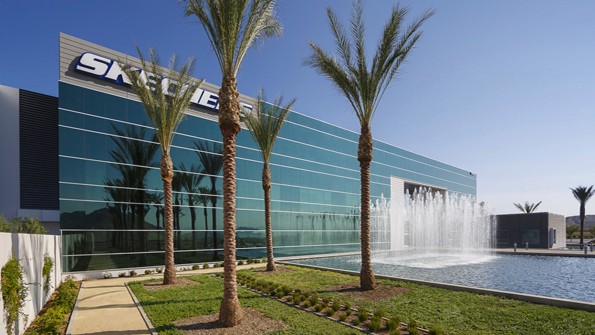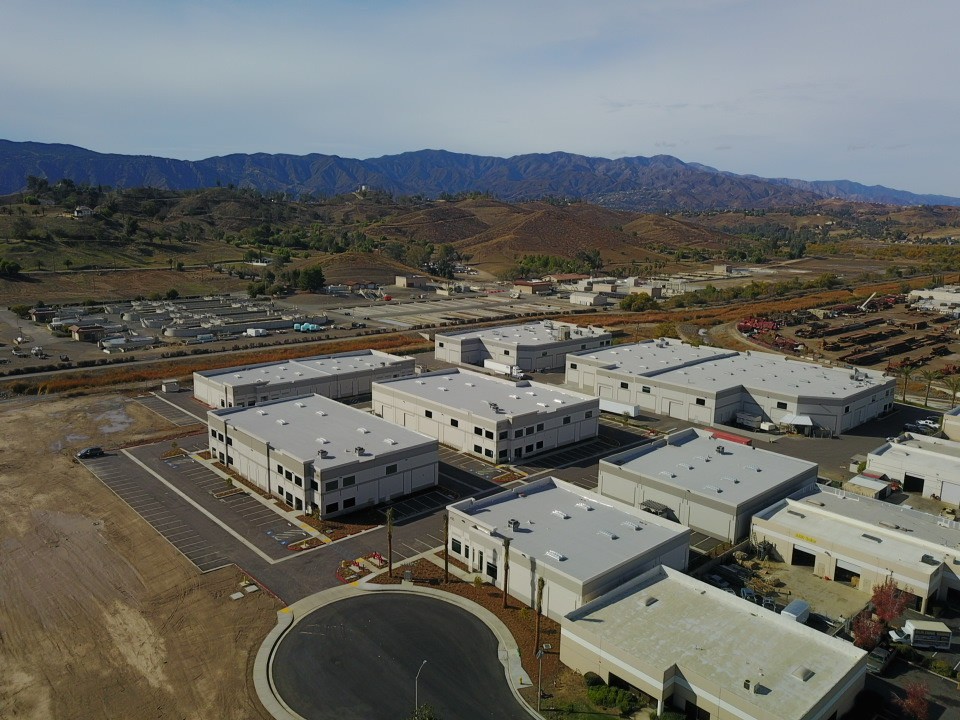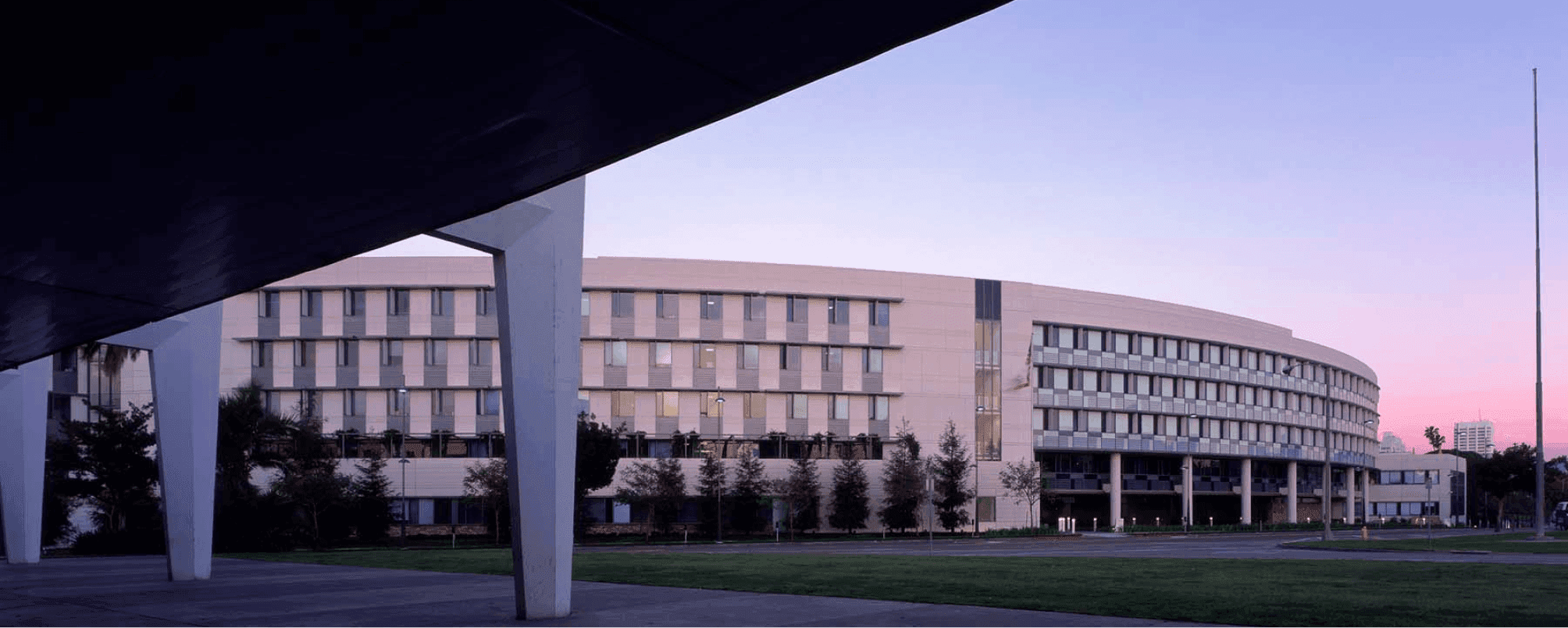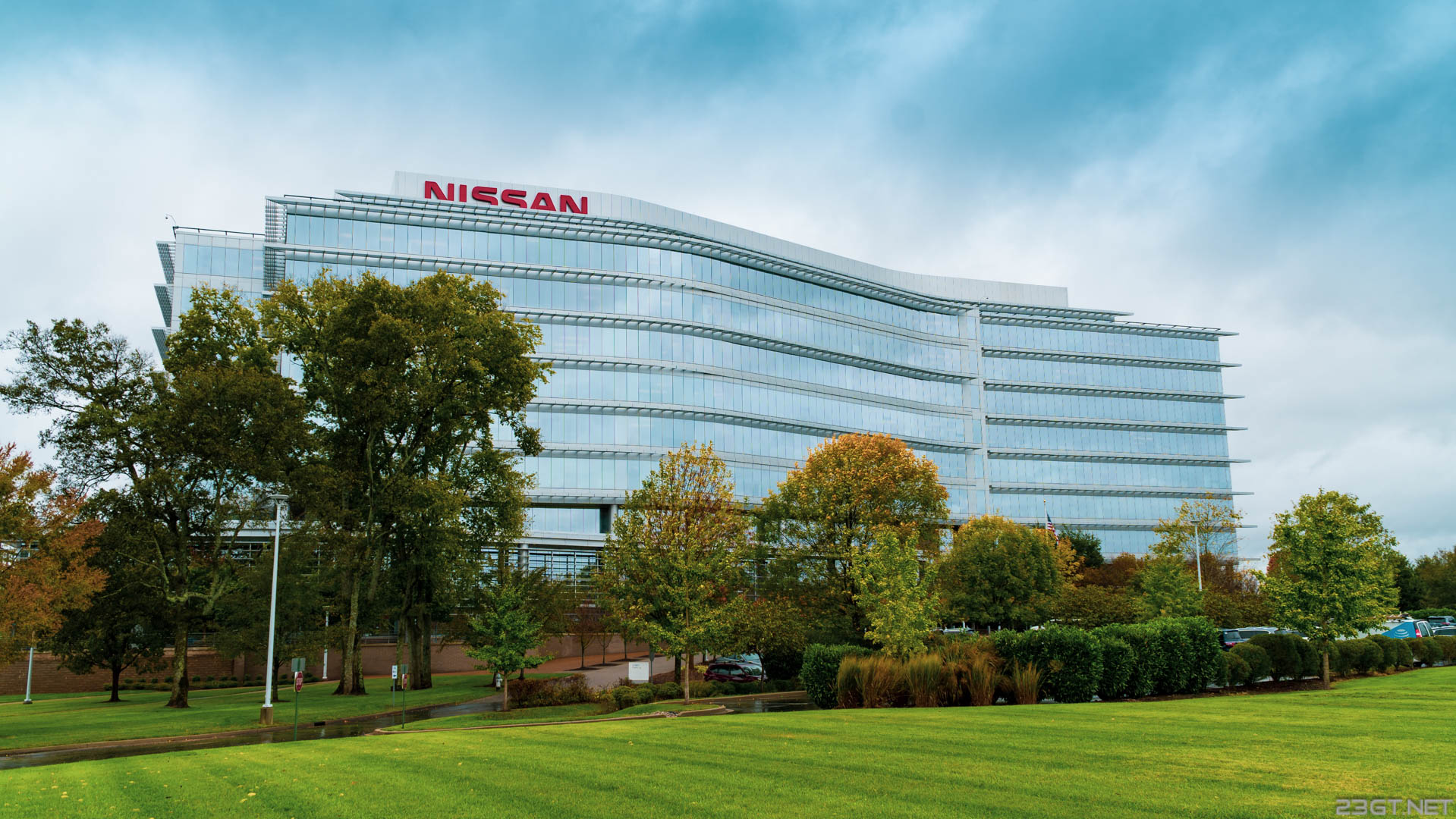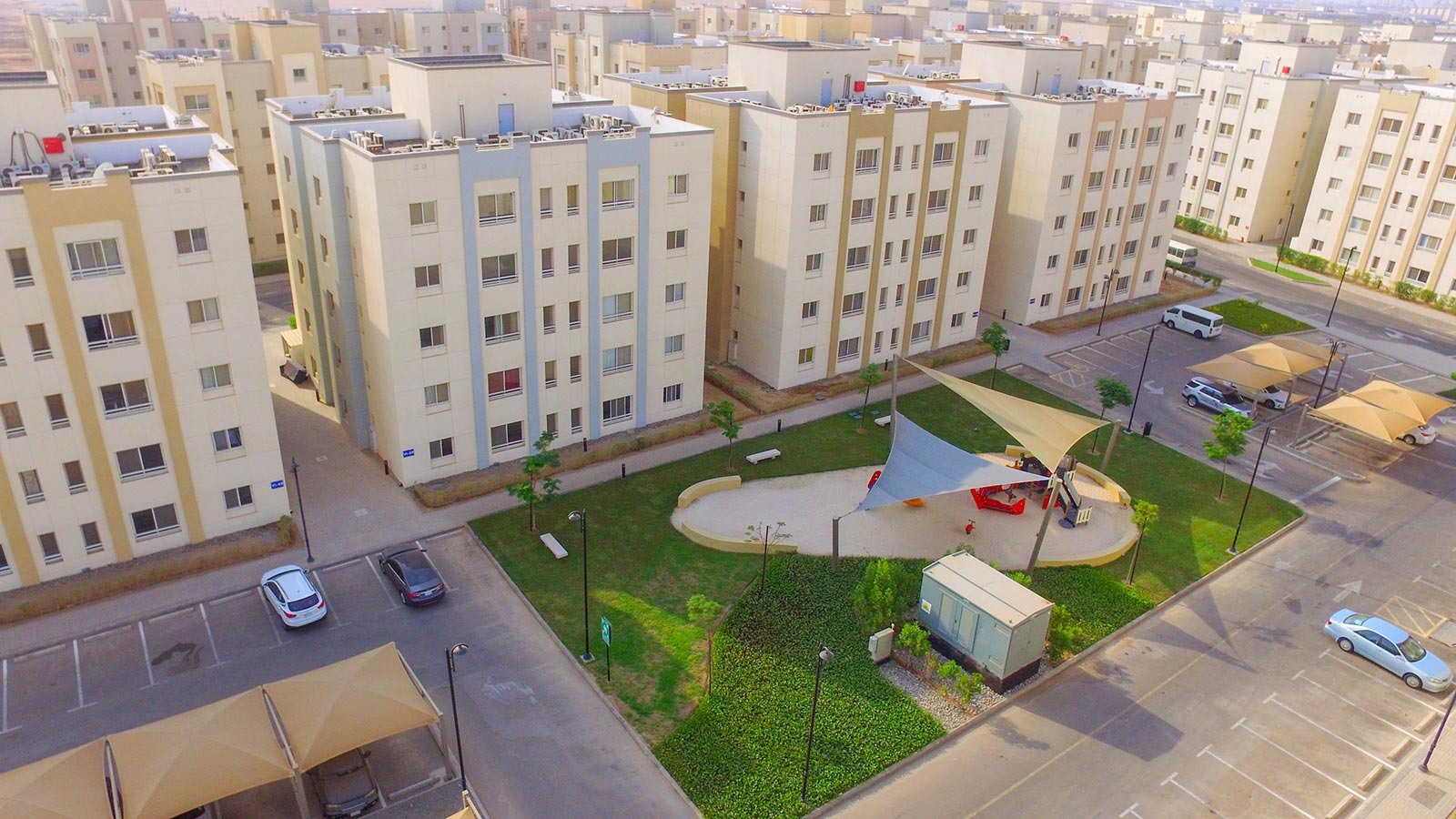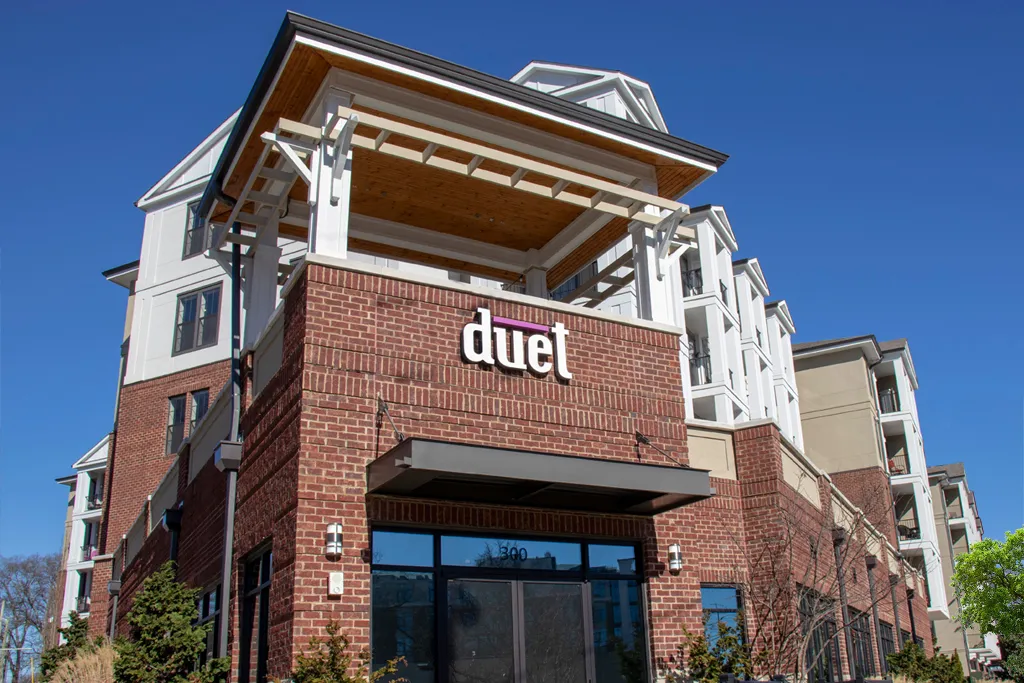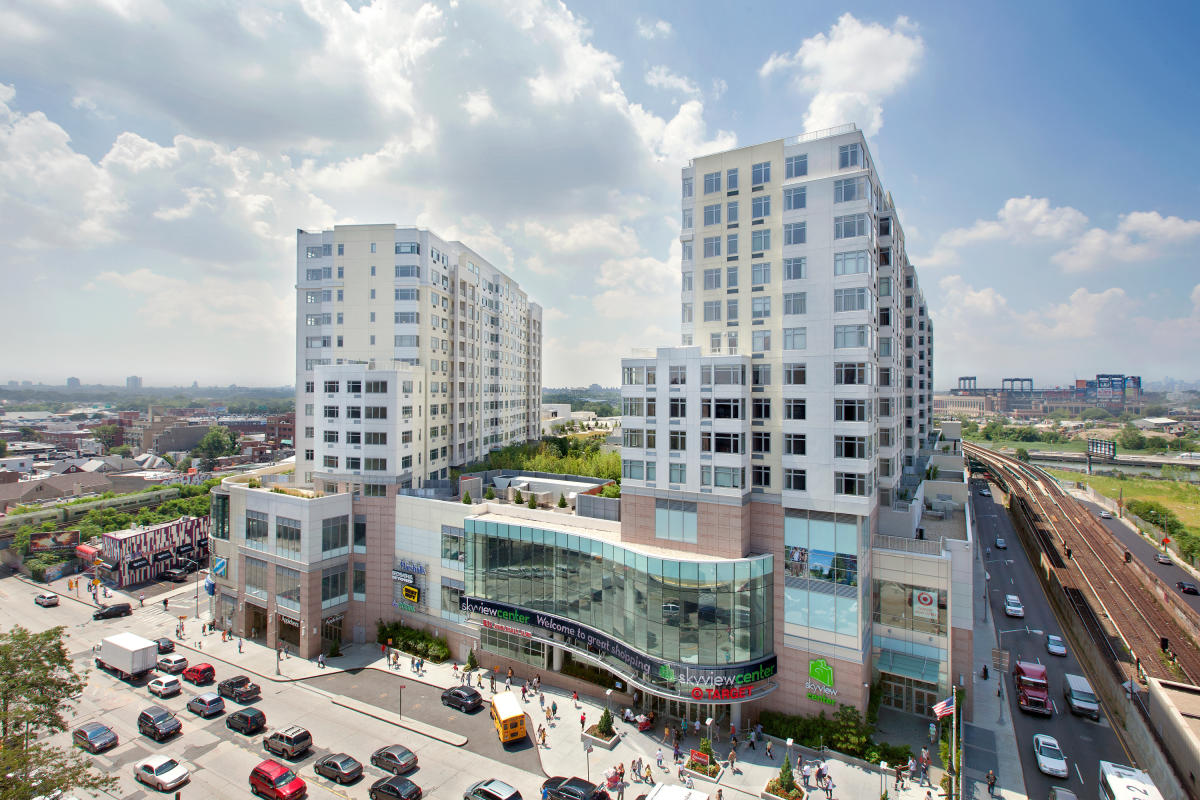
A new industry report highlights a persistent threat facing the construction sector: subcontractors’ cash flow problems are not just lingering—they're getting worse.
Billd’s 2025 National Subcontractor Market Report, based on surveys from over 800 subcontractors, general contractors, and suppliers, paints a concerning picture. Slow payments, tight margins, and a lack of working capital are hampering the financial health and growth prospects of a critical segment of the construction workforce.
Delayed Payments Create a Cash Flow Squeeze
One of the report’s most alarming findings is the deep divide between perception and reality around payment timing.
General contractors believe subcontractors are paid within 30 days of submitting a pay application. Subcontractors, however, report an average wait time of 56 days—nearly double what GCs expect.
This cash flow lag forces many subcontractors to dip into their profits just to keep projects moving. In fact, 40% of subcontractors said they retain half or all of their profits within the business to fund operations, leaving little room for reinvestment, growth, or financial resilience.
The Funding Gap Problem
In addition to late payments, subcontractors are grappling with what the report calls a "funding gap"—the shortage of available capital to cover unexpected expenses or project delays:
43% of subcontractors report insufficient working capital.
Among larger subcontractors (those making over $15 million annually), 59% do not seek additional capital until they urgently need it.
This reactive approach leaves companies dangerously exposed when projects are delayed, material costs spike, or labor expenses escalate.
The Domino Effect of Overdue Invoices
The cash flow crunch doesn’t just impact balance sheets—it impacts jobsite progress.
For example, 29% of builders said overdue invoices interfere with project success. And 35% of firms reported selectively choosing which invoices to pay on time, risking supplier relationships and future credit terms.
These trends can quickly spiral, creating cascading project delays, strained partnerships, and diminished profitability across the entire construction ecosystem.
How Subcontractors Can Protect Themselves
Billd’s report points to three critical strategies subcontractors should embrace:
Use construction-specific financing: Specialized financial tools can bridge cash flow gaps and eliminate the need to burn through profits during payment delays.
Accurately calculate the cost of working capital: Understanding the true cost of carrying project expenses while waiting for payment helps firms make better bidding and financial decisions.
Account for working capital in bids and change orders: Firms that built working capital costs into their pricing averaged a 24% profit margin—compared to just 17% for those who didn’t.
"The data is clear—there’s a fundamental flaw in how money moves through construction," said Chris Doyle, CEO of Billd. "Without proactive financial strategies, subcontractors are stuck in a cycle that limits their ability to grow and thrive."
Looking Ahead
In our industry, strong cash flow isn’t just a financial goal—it’s a foundation for operational stability, strategic growth, and project success. As California’s construction market continues to accelerate, subcontractors who prioritize cash flow management will be best positioned to capture new opportunities and navigate the inevitable turbulence ahead.










